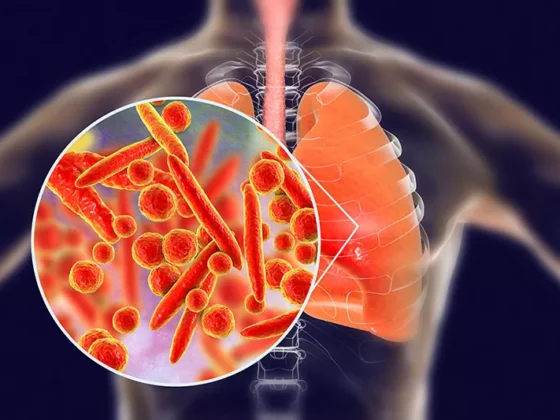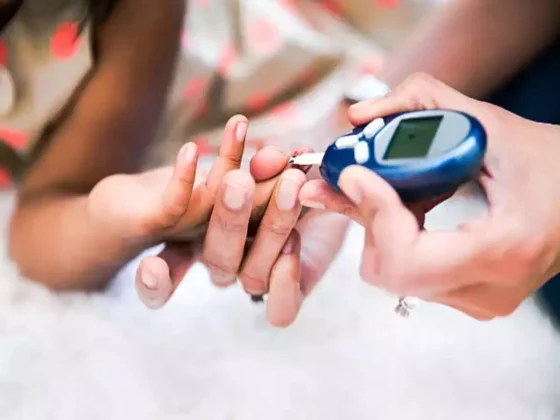New test allows individuals to assess their protection against reinfection
In a significant breakthrough, researchers from Johns Hopkins University have developed a simple and accurate glucose-meter test that enables people to monitor their own antibody levels against the SARS-CoV-2 virus, which causes COVID-19. This groundbreaking innovation addresses the need for an at-home test to assess how long individuals will remain protected against reinfection, following a positive COVID-19 diagnosis.
Monitoring Antibody Levels Made Easy
Published in the Journal of the American Chemical Society, the research describes the development of a glucose-meter-based test incorporating a novel fusion protein. The test offers a convenient solution for consumers, who can potentially use it in the future to monitor their SARS-CoV-2 antibody levels at home.
The Importance of Antibody Monitoring
While vaccines and previous infections provide a certain level of protection against future infections, the duration of this protection remains uncertain. Measuring the level of SARS-CoV-2 antibodies serves as a valuable indicator of immune protection. However, the traditional gold standard method for measurement, the enzyme-linked immunosorbent assay (ELISA), requires specialized equipment and technicians, making it less accessible.
The Power of Glucose Meters
Glucose meters, on the other hand, are readily available, user-friendly, and can be integrated with remote clinical services. Researchers have been exploring the adaptation of these devices for sensing other target molecules, coupling detection with glucose production. By using a detection antibody that binds to a patient’s blood antibody, a reaction occurs, resulting in the production of glucose, which can be efficiently detected by the glucose meter.
Revolutionary Fusion Protein
To make this novel test possible, the researchers designed and produced a fusion protein consisting of invertase and a mouse antibody that binds to human immunoglobulin (IgG) antibodies. The fusion protein successfully bound to human IgGs and effectively produced glucose from sucrose. Test strips containing the SARS-CoV-2 spike protein were then developed. When dipped in COVID-19 patient samples, the spike protein antibodies bound to the test strips, and the subsequent addition of the invertase/IgG fusion protein and sucrose led to the production of glucose.
Broad Applications and Promising Future
The researchers validated the test by analyzing various patient samples using glucose meters, and the results demonstrated its effectiveness, comparable to four different ELISAs. Moreover, this method can be adapted to test for SARS-CoV-2 variants and other infectious diseases, presenting a versatile tool for ongoing monitoring and detection.
This groundbreaking glucose-meter test offers a game-changing solution for individuals to monitor their own SARS-CoV-2 antibody levels conveniently at home. As further advancements are made, it holds the potential to revolutionize antibody monitoring for COVID-19 and beyond.











